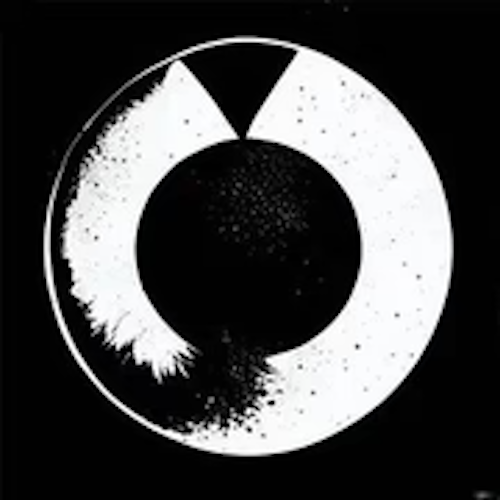
The Ultimate Guide to 3D Printing: SLA vs. FDM Methods
Share
At Technast, we are committed to delivering advanced design and manufacturing solutions for our clients across Canada, especially in Toronto, Mississauga, and the Greater Toronto Area (GTA). Our service offerings range from designing intricate futuristic 3D printed objects for high-end retail and scientific use to super-fast repair of automation systems and more. In this blog, we delve deep into the world of 3D printing, specifically focusing on the SLA and FDM methods.
What is 3D Printing?
3D printing, or additive manufacturing, is a process of creating three-dimensional solid objects from a digital file. The creation is achieved using additive processes, where an object is created by laying down successive layers of material until the object is formed. At Technast, we specialize in 3D printing services, with a focus on intricate, futuristic designs.
SLA vs. FDM: A Comparison
There are two main types of 3D printing methods: Stereolithography (SLA) and Fused Deposition Modeling (FDM). Each method has its own advantages and disadvantages, and the choice between the two depends on the specific requirements of the project.
- SLA: This method uses a laser to cure liquid resin into hardened plastic. It is known for its high resolution and accuracy, making it ideal for intricate designs and detailed prototypes. Our jewelry prototyping services often use SLA for its precision and cast-ready prep.
- FDM: This method uses a heated nozzle to melt and extrude thermoplastic filament, which then cools and solidifies to form the final object. FDM is ideal for durable and heat-resistant parts, like our fully customizable, glow-in-the-dark license plate frames.
Choose Technast for Your 3D Printing Needs
With our advanced design, luxury biomorphic style, and fast, professional service, Technast is your go-to solution for all your 3D printing needs in Canada. Contact us today to learn more about how we can help your business.
